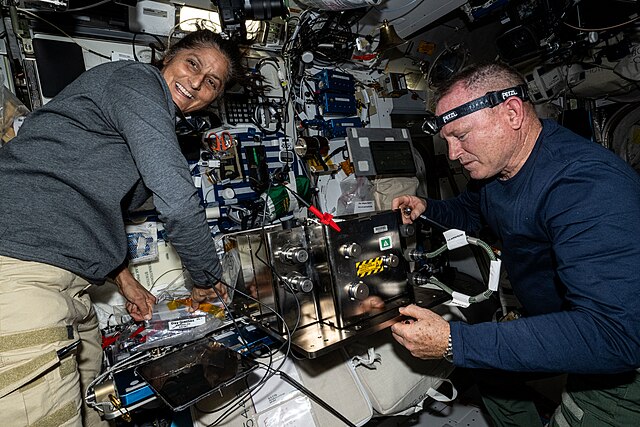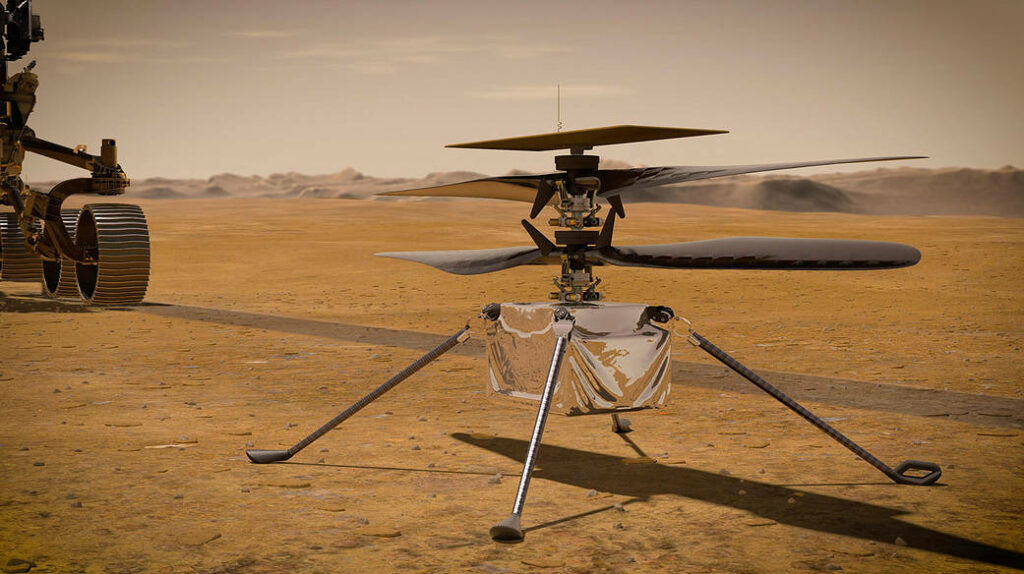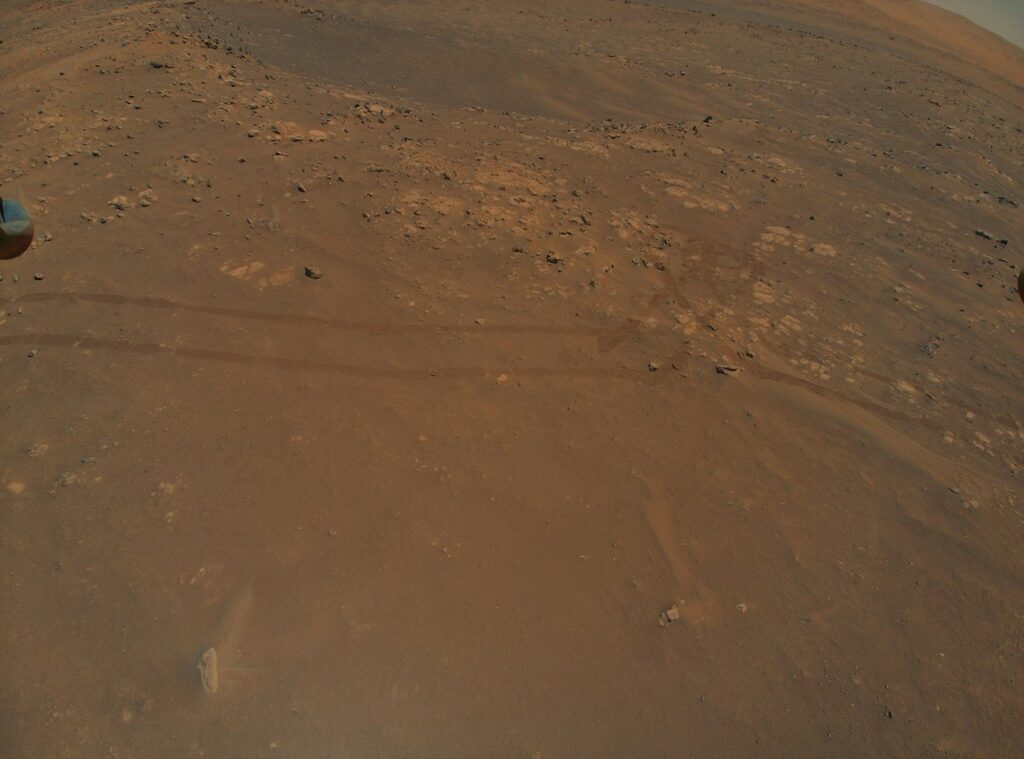Nanoparticles and microscopic animals were the research highlights aboard the International Space Station today. The Expedition 65 crew also focused on servicing life support components and Russian spacesuit maintenance.
NASA Flight Engineers Shane Kimbrough and Megan McArthur continued ongoing operations for the InSPACE-4 physics study throughout Tuesday. Kimbrough started the first run in the morning, then McArthur took over for the second run during the afternoon. The space manufacturing investigation inside the Microgravity Science Glovebox and explores ways to harness nanoparticles to fabricate new and advanced materials.
Tiny organisms called water bears, or tardigrades, are observed in the orbiting lab’s Life Sciences Glovebox located in Japan’s Kibo laboratory module. Commander Akihiko Hoshide placed the microbes, recently delivered aboard the SpaceX Cargo Dragon vehicle, into the Bioculture System for the Cell Science-04 biology experiment. The study seeks to identify genes that adapt best to the harsh environment of microgravity.
Older components were replaced inside the station’s Carbon Dioxide Removal Assemblies to ensure a safe breathing environment in space. Astronauts Mark Vande Hei and Thomas Pesquet partnered together inside the U.S. Destiny laboratory module servicing the critical life support gear all day on Tuesday.
Veteran cosmonaut Oleg Novitskiy concentrated on checking electronics and communications hardware in the orbiting lab’s Russian segment. First-time space flyer Pyotr Dubrov spent the day replacing components and checking cable connections on Russian Orlan spacesuits.
For more about the International Space Station:




